Studies examine aquaculture links to Thai communities
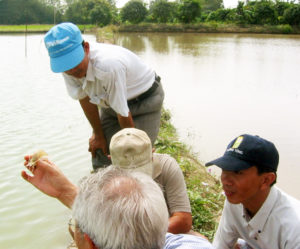
Researchers often wonder about the role of aquaculture in people’s lives, as well as their ability to actually influence the aquaculture practices of farmers. They do numerous experiments, designing new technologies and new practices, and yet have no clear idea whether these applications ever become part of common practice.
Certainly, aquaculture has grown as the result of the experiments conducted by a variety of researchers, and yet the direct link between the experiments and aquaculture growth cannot be made easily. Three studies in Thailand helped assess some of the links between aquaculture and the quality of life in the country.
Prawn pond culture
Author Vicki Schwantes conducted a socioeconomic and technical survey of prawn farmers throughout Thailand in 2005. The number of surveys used per province was correlated to the average production of prawns in each province. The focus of the survey was to assess production practices, results and training.
Prawn farming was a fairly lucrative trade, which produced a net profit of almost U.S. $4,000/ha or $24,000/farm. Prawns grown in Thailand were largely sold locally at fresh fish markets and other locations. Although the prawn farms were generally less than 6 ha in area, farming was most commonly the dominant employment for the people owning the ponds.
When asked about training, about 93 percent of the farmers said they gained their training from neighbors, while 53 percent said they gained training from the government (Table 1). Only 19 percent of the farmers received formal training through short courses on growing prawns.
Diana, Sources of training, Table 1
| Information Sources | Cases (%) |
|---|---|
| Neighbors | 92.9 |
| Government | 53.5 |
| Feed and chemical suppliers | 25.3 |
| Magazine | 11.1 |
| Television | 4.0 |
In 2005, most farmers discharged effluents and flushed water directly into canals without treatment. Also, most farmers did not measure water quality while conducting farm culture, even though farmers who monitored water quality had significantly higher production than those who did not.
To confirm the results, a multiple linear regression examined various characteristics and the net profits earned. The overall regression, which described 80 percent of the variance in net profits, was dominated by total prawn production, years of experience farming, use of batch harvest, lack of aeration and feeding rates.
Interestingly, feeding rates were negatively correlated to prawn production, indicating likely overintensification in the prawn system. Thoughts for the future on this farming system include education to reduce overfeeding and assessment of optimal stocking densities for growout. Additionally, methods to treat waste and effluents from ponds would be important.
Tilapia farming
A similar survey on tilapia technology was conducted by author Francis Tain in northeast Thailand. Tain assessed the socioeconomic background of the farmers, their aquaculture history and their overall production statistics.
As a result of many experiments, including those of the Aquaculture Collaborative Research Support Program, the Thai Department of Fisheries began an outreach program promoting “HiG” technology. HiG technology was simply management to increase fertilization rates to cause greenwater for tilapia growth. The technology was spread by having local farmers participate in training and six-month on-farm trials. Farmers also gained knowledge from their neighbors.
Tilapia farmers were primarily rice farmers who grew fish as supplementary employment. On average, the farmers spent only 30 minutes daily managing their fish ponds. About 54 percent of the trialists, 16 percent of the trainees and 28 percent of the organic farmers said they followed HiG production practices. The fish were mainly raised for home consumption, although some were sold locally, which resulted in an average increased income for the farmers of about 15 percent.
On-farm trialists and the farmers who received training had yields of about 2,500 kg per ha per crop. The organic farmers were less effective, with an average yield of about 1,500 kg per ha. Both of these yields were low compared to the typical HiG levels of about 4,000 kg per ha.
It appears that training was important to the tilapia farmers, but they did not completely adopt the technology provided. They still increased their yield over farmers who only learned from their neighbors.
Shrimp farming effects
The final case study was an experiment conducted by author Melinda Clark to quantify pond abandonment and other issues related to shrimp culture in Thailand. Once again, socioeconomic surveys were conducted, in combination with geographic information system assessment of the extent of shrimp farming. Studies were conducted in 2002 in three provinces: Chanthaburi, Chachoengsao and Samut Sakhon, which varied in proximity to the urban center of Bangkok.
Clark interviewed 109 farmers, 14 village heads and 24 other stakeholders such as feed suppliers on the social development that occurred in their villages during the shrimp culture period, as well as culture practices and abandonment of shrimp ponds.
Overall, pond abandonment appeared to be cyclic, where farmers temporarily abandoned farms during market problems or disease issues. The ponds were left fallow for some time before they were often returned to shrimp culture. Therefore, it was not simple to find the frequency of abandoned ponds, because many were subsequently used again.
When looking at the land use on the surveyed farms, only 14 percent of the ponds appeared to be abandoned, while 26 percent were growing shrimp alone, 29 percent involved polyculture including shrimp, 9 percent involved aquaculture with fish, 17 percent were converted for housing and 5 percent were converted into salt pans.
For the study period, the issue of abandonment differed significantly in different regions, with the highest rate of abandonment in Chanthaburi, located the farthest distance from Bangkok. The highest degree of conversion occurred in Chachoengsao, and the highest degree of conversion to housing occurred in Samut Sakhon, which is closest to Bangkok (Fig. 1). If shrimp culture had recently been unsuccessful, a larger proportion of the farms were converted to polyculture or fish culture, rather than abandoned. Some were converted to other activities, such as fruit groves or mangrove restoration, while large areas of farms were converted for housing.
Improved conditions
The major component of this study was to determine whether shrimp farming resulted in improved conditions for local people. A series of questions were asked that related shrimp farming to other occupations, as well as quality of life. These questions presented a generally positive impression of the value of shrimp farming to the community.
Shrimp farming was a major employer of the people involved and a fairly lucrative trade. Local residents said it was better to work on a shrimp farm than in a factory. They also felt that people who owned their own land had a better life than people who did not. They replied that shrimp farmers had a better life than salt farmers, and that salt farmers had a better life than factory workers. Therefore, they believed shrimp farming made a positive impact on their local community.
In addition, they felt shrimp culture practices had changed their land, but they did not believe there was a problem with abandoned farms or underused land. As a result, there were no large incentives to temporarily convert abandoned shrimp ponds into other uses until the economy and market changed.

Perspectives
Overall, the social surveys of the three farming systems showed significant differences. Prawn farming provided a good income and primary source of employment for a number of farmers, generally for sales in the local area. These farmers were happy to work in that area, made a good profit and sold their prawns locally.
Tilapia farming provided additional food and limited income to farmers who were otherwise employed, most commonly in rice culture. Farmers invested minimal time in the care of their fish, but the resulting production increased their incomes about 15 percent and provided additional food for household use.
Shrimp farming provided a good income and added food locally as well as for export. It was considered a good employment alternative compared to other rural opportunities and better than moving into the city and working in a factory.
(Editor’s Note: This article was originally published in the November/December 2009 print edition of the Global Aquaculture Advocate.)
Now that you've reached the end of the article ...
… please consider supporting GSA’s mission to advance responsible seafood practices through education, advocacy and third-party assurances. The Advocate aims to document the evolution of responsible seafood practices and share the expansive knowledge of our vast network of contributors.
By becoming a Global Seafood Alliance member, you’re ensuring that all of the pre-competitive work we do through member benefits, resources and events can continue. Individual membership costs just $50 a year.
Not a GSA member? Join us.
Authors
-
James S. Diana, Ph.D.
Director, Michigan Sea Grant College Program
Professor of Fisheries and Aquaculture
School of Natural Resources and Environment
University of Michigan
Ann Arbor, Michigan 48109-1041 USA
[117,100,101,46,104,99,105,109,117,64,100,109,105,106]
-
Frances Tain, M.S., MPH
John Snow, Inc.
Boston, Massachusetts, USA -
Vicki Schwantes, M.S., MPP
National Oceanic and Atmospheric Administration
Office of Budget and Communications
Washington, D.C., USA -
Melinda Clarke
U.S. Fish and Wildlife Service
Washington, D.C., USA
Tagged With
Related Posts
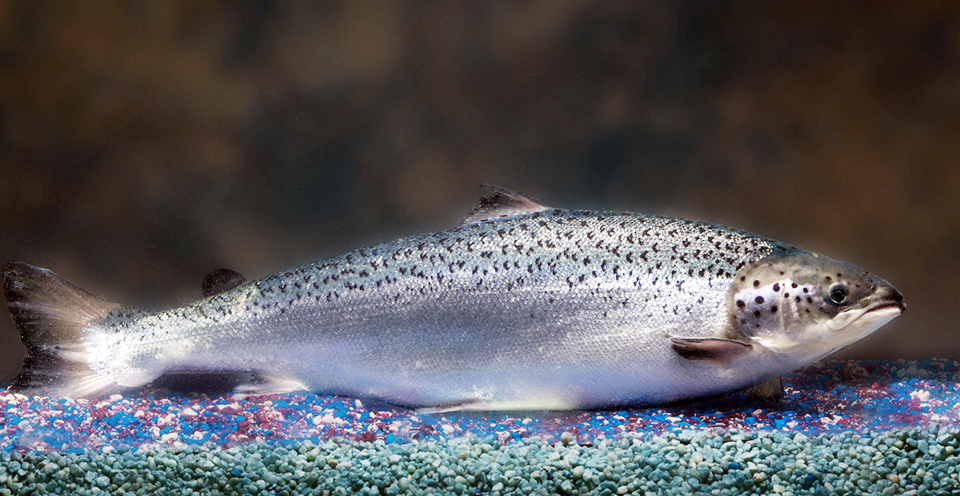
Intelligence
A brief look at genetically modified salmon
If approved by FDA, fast-growing genetically modified salmon will provide a safe and nutritious product similar to other farmed Atlantic salmon.
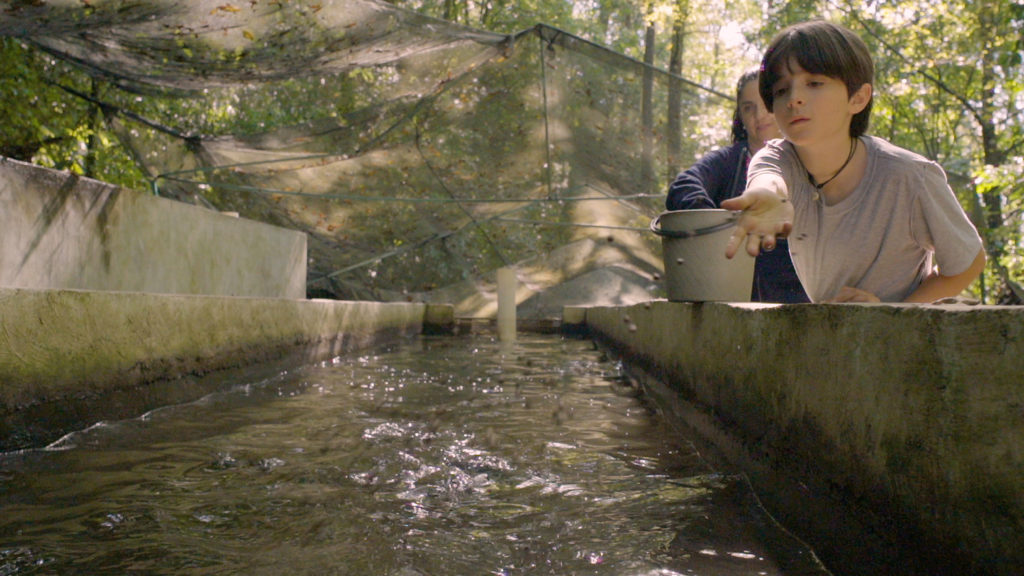
Intelligence
A motive, and a market, for farmed fish in Mexico
Boasting ample areas for aquaculture and a robust domestic demand for seafood – not to mention its close proximity to the U.S. market – a land of opportunity lies in Mexico. Fish farming is primed to meet its potential south of the border.
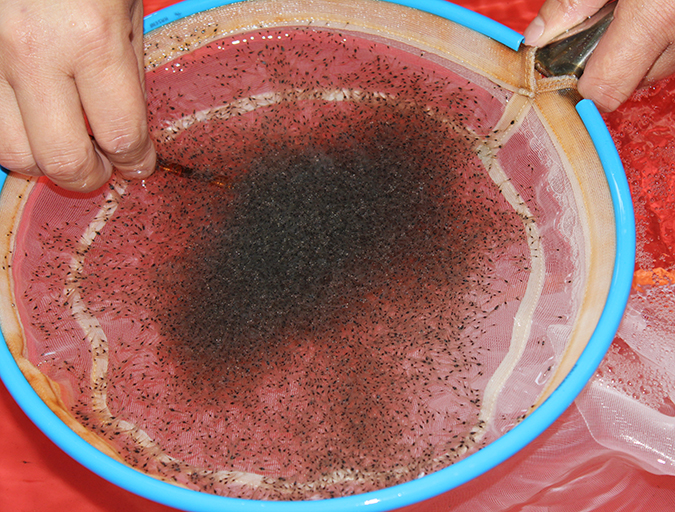
Health & Welfare
Acclimating shrimp postlarvae before pond stocking
Shrimp postlarvae acclimation before stocking into the various growout systems (ponds, raceways, tanks) is a critical – and often overlooked, sometimes taken for granted – step in the shrimp culture process. Various water quality parameters should be changed slowly so that the young shrimp have the time to gradually adapt to the new conditions.
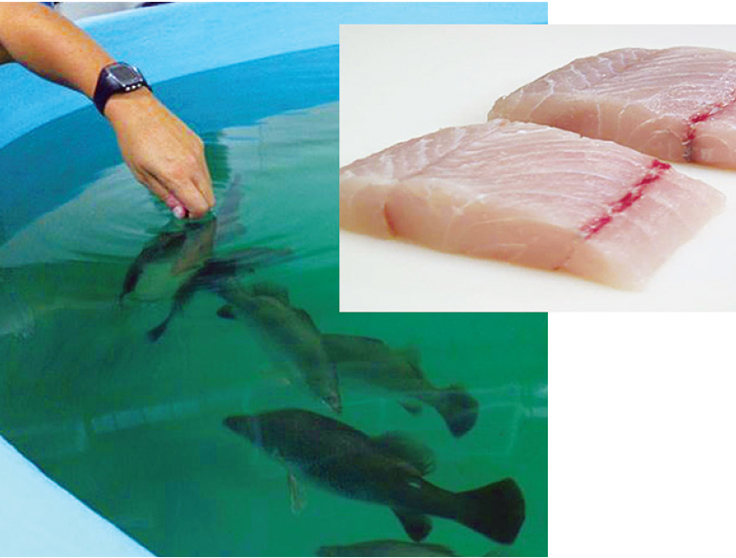
Intelligence
Adding flavor complexity to farmed barramundi
Organoleptic attributes such as flavor and aroma are among the most important factors that influence consumer acceptability and demand for fish products. Consumers have identified farmed fish as less complex and lacking “sealike” or “sea-fresh” flavors and aromas.


